
Understanding Pergola Cost: Budgeting for Your Outdoor Oasis is a comprehensive guide that provides detailed information about the costs associated with building a pergola. It aims to help readers plan and budget for their outdoor oasis by breaking down the various factors that influence the cost of a pergola, including materials, size, design, and installation. This guide also offers tips on how to save money without compromising the quality and aesthetics of the pergola. Whether you’re a homeowner looking to enhance your outdoor space or a contractor seeking to provide accurate estimates to clients, this guide offers valuable insights into the financial aspects of pergola construction.
Deciphering Pergola Cost: How to Budget for Your Outdoor Oasis
Understanding the cost of a pergola and budgeting for your outdoor oasis can be a complex task. However, with the right information and careful planning, you can create a beautiful and functional outdoor space that fits within your budget.
Pergolas are outdoor structures that provide shade and a place to relax, entertain, or dine. They can be freestanding or attached to a house, and they come in a variety of styles, sizes, and materials. The cost of a pergola can vary greatly depending on these factors, as well as the complexity of the design and the labor involved in its construction.
The first step in understanding pergola cost is to determine the size and style of the pergola you want. Smaller, simpler pergolas will generally be less expensive than larger, more elaborate ones. The style of the pergola can also affect the cost. For example, a traditional wooden pergola may be less expensive than a modern metal one.
The material of the pergola is another significant factor in its cost. Wood is a popular choice for pergolas due to its natural beauty and durability. However, it can be more expensive than other materials, such as vinyl or aluminum. The type of wood used can also affect the cost. For instance, cedar is a high-quality, durable wood that is often used for pergolas, but it is also more expensive than other types of wood, such as pine or spruce.
The complexity of the pergola’s design can also impact its cost. A simple, rectangular pergola with a flat roof will generally be less expensive than a more complex design with decorative features or a pitched roof. Additionally, if the pergola is freestanding, it may require more materials and labor to construct, which can increase the cost.
Labor costs are another important factor to consider when budgeting for a pergola. If you choose to hire a professional to build your pergola, you will need to factor in their labor costs. These can vary depending on the complexity of the project and the rates of the contractor. Alternatively, if you have the skills and time, you could save money by building the pergola yourself.
Finally, don’t forget to consider the cost of any additional features you want for your pergola, such as lighting, curtains, or a built-in grill. These can add to the overall cost of the project, but they can also enhance the functionality and aesthetic appeal of your outdoor oasis.
In conclusion, understanding pergola cost involves considering a variety of factors, including the size and style of the pergola, the materials used, the complexity of the design, labor costs, and any additional features. By carefully considering these factors and planning your budget accordingly, you can create a beautiful and functional outdoor oasis that fits within your financial means. Remember, a pergola is an investment in your home and your lifestyle, and with careful planning and budgeting, it can be a worthwhile addition to your outdoor space.

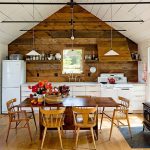








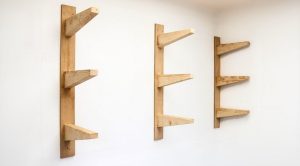

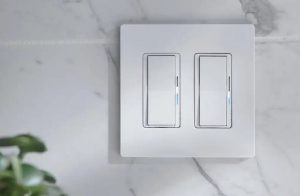


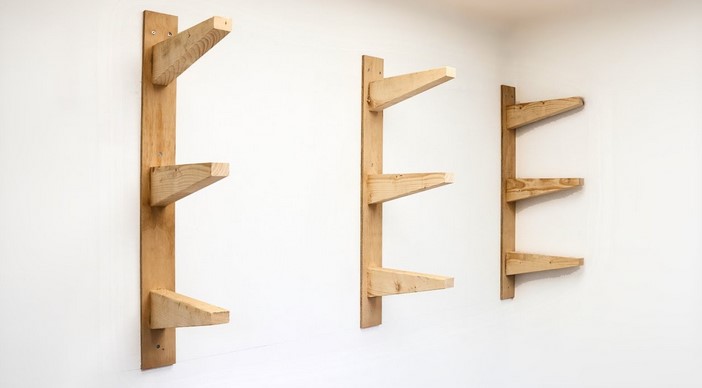
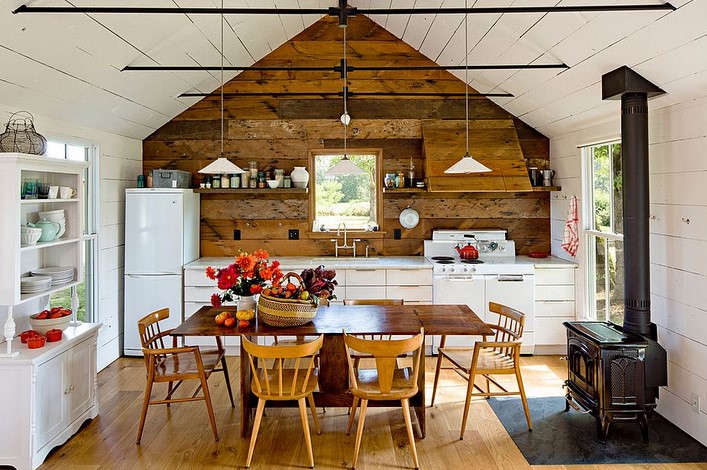
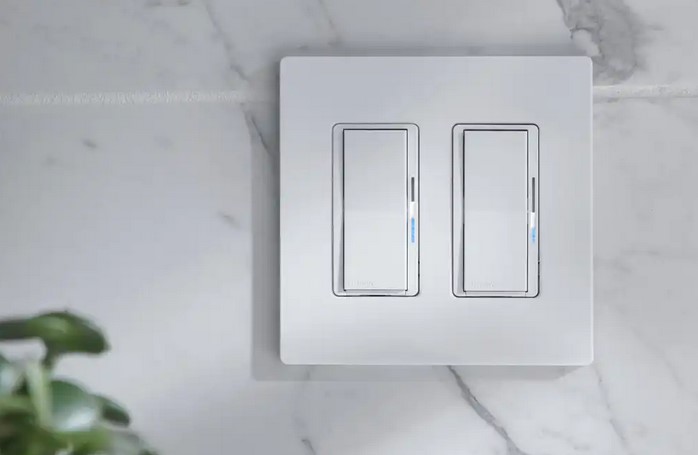
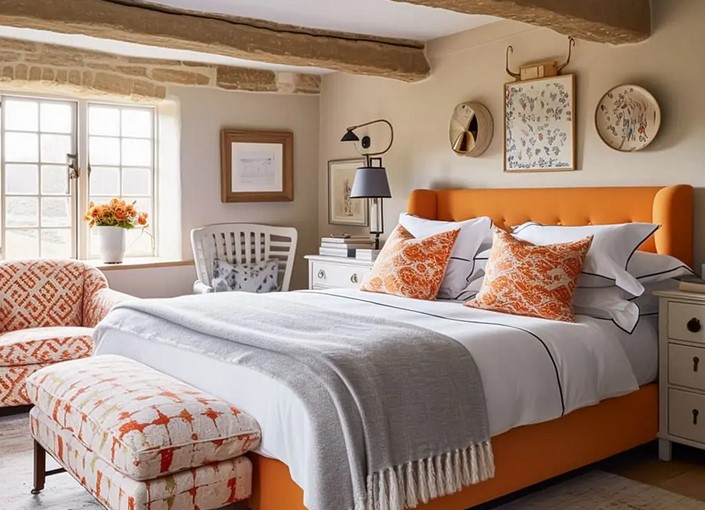
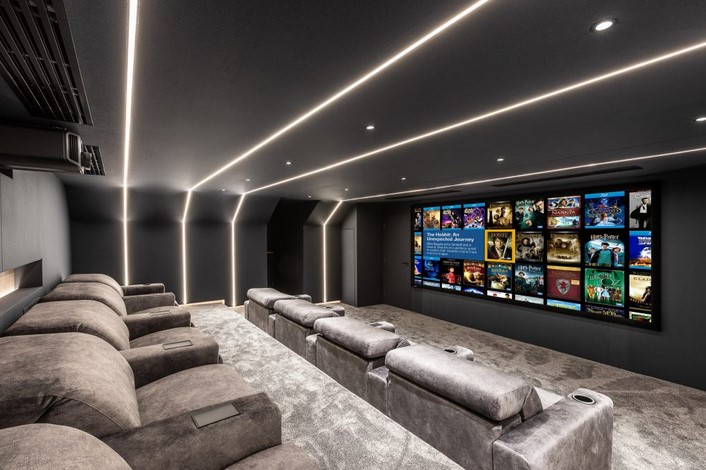

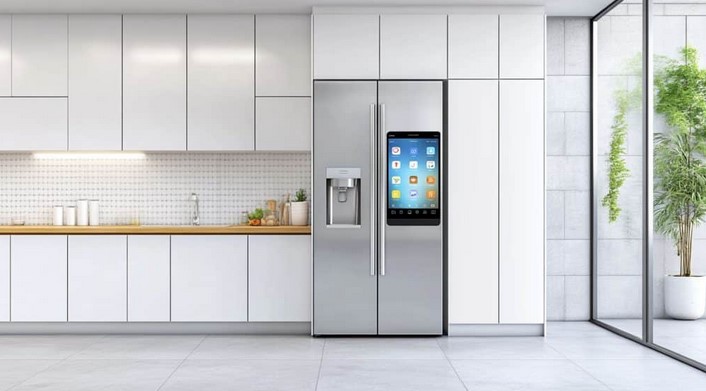
+ There are no comments
Add yours